-
About
- About Listly
- Community & Support
- Howto
- Chrome Extension
- Bookmarklet
- WordPress Plugin
- Listly Premium
- Privacy
- Terms
- DMCA Copyright
- © 2010-2025 Boomy Labs
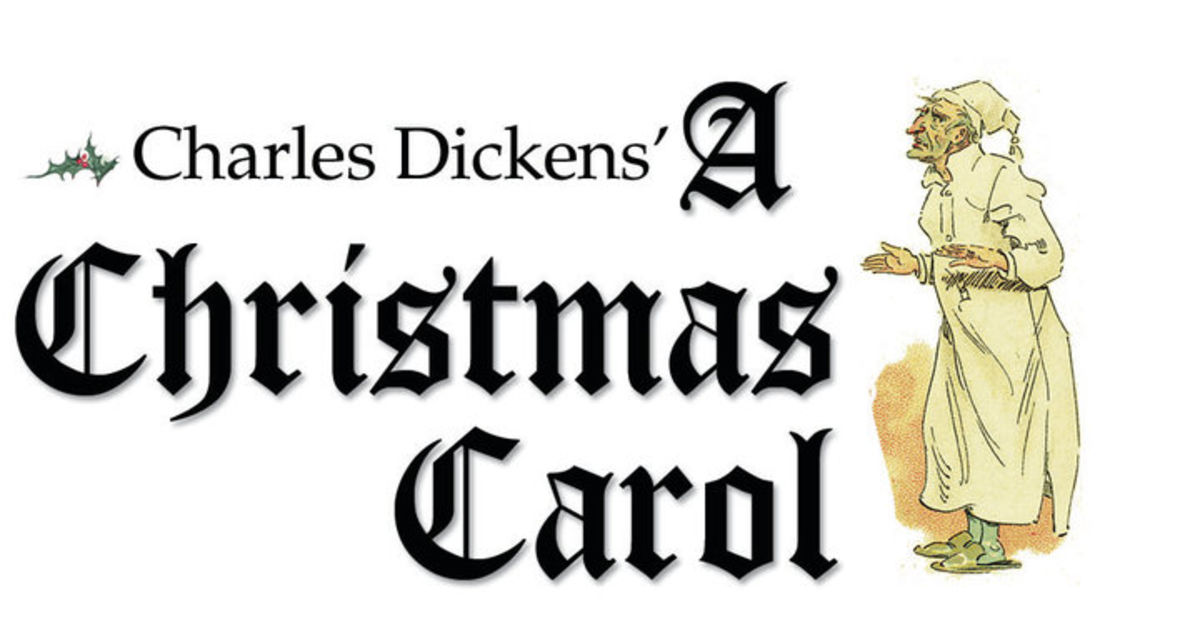

 Kendra Brea Cooper
Kendra Brea Cooper
Listly by Kendra Brea Cooper
There is something about the Charles Dickens classic " A Christmas Carol" that seems to haunt us much like the ghosts in the story. There are countless adaptations of this tale, and many characters in our pop culture world have played the roles. It sits as a timeless classic with themes we still find important today.

Fred Flintstone plays Scrooge in this story within a story. He hilariously angers everyone around him while feeling like a big shot actor in the community theatre's version of a Christmas Carol. It's a layered double Carol. It works within the issue of selfishness, not seeing what is in front of you, and ignoring the community (friends and family) who support you by considering your success something you created all alone.

This 3D Disney Digital adaptation starring Jim Carrey as Scrooge is very close to the original story. Some say that Charles Dickens was writing in praise of Capitalism, and others argue he was writing in praise of Socialism. He may have been doing both, because these big ideologies exist as they stand as opposites in theory. One will never fully silence the other. It seems as if the socialist narrative of the holidays is a way of making space for these community driven beliefs in a society dominated by Capitalist ideology.

After visits from the spirit versions of Dave, Theodore, and Simon, Alvin breaks free from his Scrooge-like behaviour and learns the true meaning of Christmas. It seems as if this search for "meaning" is one of the main themes kept in all of these adaptations, as it likely resonates with how we feel about the holidays today. December continues to be an evolving search for meaning while we swim through capitalism, consumerism, and fake plastic trees.
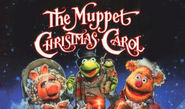
This is a musical version with our favourite Jim Henson characters. Michael Caine plays a great Ebenezer Scrooge. Scrooge is an interesting character because he stands as the potential in all of us. He still has an eye for what's "right" even in his pre-haunting state as he points out that the charity collectors shouldn't be working for charity just because the season calls for it and because it makes them feel good. They should do it all year around.
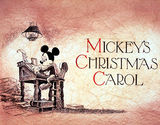
Mickey's Christmas Carol is a shortened version, but it keeps the main points of the story. Sweet little Mickey plays Bob Cratchit, while Scrooge McDuck, is (obviously) Scrooge. In the original, Bob Cratchit spends his days with Scrooge, and for the most part, he doesn't complain about his seriously underpaid and overworked position. He sees the best in people, but the weight of his responsibilities leaves him unable to come out from underneath Scrooge and his "work ethic" ideologies.
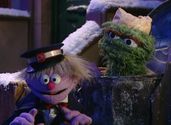
It's Christmas time on Sesame Street and Oscar the Grouch is visited by three ghosts summoned by a ghost-o-gram. In all the stories, the appearance of the ghosts is important to the re-creation of the Dickens classic. The character of Scrooge is not swayed by the pleas of those around him, so he needs the visions provided by what haunts him.

The Smurfs act out the Christmas classic in their own special smurf way. Grouchy smurf hates Christmas and refuses to join the party, and as you can guess, he is visited by three ghosts who set him straight before Gargamel captures all the smurfs.
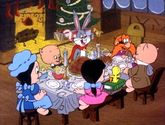
This adaptation is only eight minutes long, but with a story so familiar, all a story teller has to do is hit the main points. Yosemite Sam is Scrooge and Porky the Pig is Cratchit. It seems that every television show has characters that can be placed perfectly in the roles of these iconic characters.
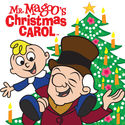
Mr. Magoo plays Scrooge in this very old television special. Like the other adaptations, it comments on the opportunities for happiness we miss while we are concerned with the promises of wealth, property, and prestige. The key here is that the source of identity, the feeling of completion, and real love, are found in other people.
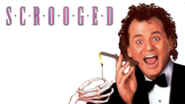
This is a very loose adaptation staring Bill Murray who plays Frank Cross, a selfish, wealth-driven television executive. It goes to show how the main points of this story can be placed in an entirely different time from when it was written.

Pop culture and all that ideology sitting in the blind spot. Also crafts.